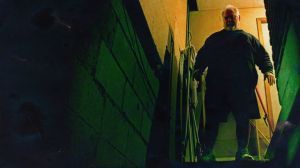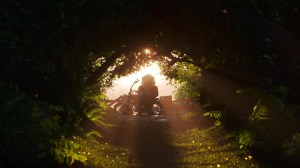The first-ever Hasbro-inspired waterpark is being planned for Malaysia and will utilize G.I. Joe-themed attractions, LicenseGlobal reports.
Videos by ComicBook.com
The indoor waterpark and family resort, set to open by 2022, will feature themed rooms, indoor water attractions, entertainment and food offerings inspired by Hasbro’s brands, including My Little Pony, Mr. Potato Head, Nerf, Monopoly, Candyland, Hungry Hungry Hippos, Magic: The Gathering, Play-Doh, Battleship, and more.
“We are thrilled to work with Imagine’s deeply experienced leadership team to bring Hasbro brands to life in exciting new ways,” Casey Collins, senior vice president, consumer products, Hasbro, said in a press release.
“Our goal is to bring engaging brand experiences to audiences everywhere, and we are confident that Imagine’s new resort and water park will provide families with a memorable, one-of-a-kind experience.”
Imagine Hotels and Resorts will co-conceptualize, build, and create and operate the resort, in partnership with the Ministry of Tourism, Arts and Culture Malaysia.
The project comes as Hasbro, through its Allspark banner, expands its entertainment portfolio with a slate of films inspired by its brands, including G.I. Joe and Micronauts, both scheduled for 2020, and Dungeons & Dragons and My Little Pony, both scheduled for release in 2021.
Those films are part of a 2017 five-year pact between Hasbro and Paramount, who collaborated on the live-action Transformers and G.I. Joe movies, as well as December’s Bumblebee.
Both the film slate and the coming waterpark are part of the toy company’s efforts to transform into a more diverse media company with entertainment offerings beyond playthings.
“The movie business is increasingly important to the toy and game business and to global consumer products overall. The movies create incredible events to help elevate the interest in those brands globally,” Hasbro CEO Brian Goldner previously told THR.
“Television and streamed content help the fans learn about new stories over time. We’re looking at an all-screens strategy because each element of that content deployment does different things for the audience.”








